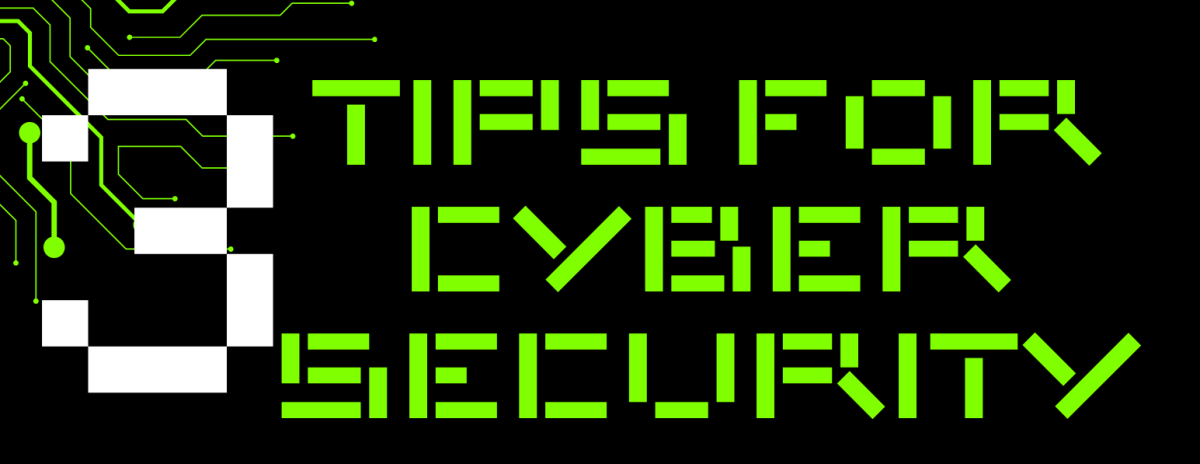South Asian Mental Health Crisis
December 6, 2022
The mental health crisis among South Asian communities is being ignored by an oblivious public. Many South Asians struggle to function in society when balancing familial expectations, along with struggling to uphold the norms of a western society. This can lead many South Asians to face conflicts with finding their identity, along with the stress of trying to meet every expectation forced upon them. Both issues can cause a multitude of mental health issues, which is often brushed aside in South Asian culture because it is stigmatized and seen as shameful, or something that’s “all in your head.”
There is an abnormal amount of pressure to forge an independent identity in western society that helps one fit in, while simultaneously preserving one’s cultural heritage that conforms to familial expectations. The conflict resulting from these competing identity expectations make it incredibly difficult for South Asians to find belonging in either community, and to navigate their identity independently. With the burden of meeting conflicting expectations, and the lack of an independent identity, South Asians tend to suffer from anxiety and depression.
According to the National Library of Medicine, South Asian countries report the highest prevalence of common mental health disorders globally. The pooled prevalence of anxiety in 31 studies with a pooled sample of 28,877 participants was 41.3%. Moreover, the pooled prevalence of depression was 34.1% among 37,437 participants in 28 studies.
The teenage years are usually difficult for all teens. Pressures from all aspects of life are suddenly cast upon you as you try to discern your own identity and who you want to be. Throughout childhood and adolescence, many South Asians struggle with self-esteem, pressures from school, pressures to be liked, and finding their place between two cultures. As children of immigrants or second-generation Americans, it can be difficult to forge one’s identity amid a dual culture. As teen girls especially, it is difficult to navigate the noise amidst all the insecurities and often conflicting beauty standards, while trying to fit in both the western and eastern ideals of what it means to be a woman and fostering anxiety about deviating from the norm. Seeing a certain standard of beauty and idealism in the media and in the world around you, your self-image is an often fragmented one. Additionally, children are growing up in a different world than their parents. Through no fault of their own, many South Asians children spend much of their early years learning things on their own and navigating a double culture, which creates a generational disconnect, as well as an atmosphere of inevitable loneliness and confusion from time to time. Insecurities, cultural pressures, and loneliness cloud the years that are supposed to be the “best of your life” and can often persist into adulthood.
The stigma that is placed around mental health in South Asian communities prevents many people, especially teens, from getting help when they need it. Mental health is often seen as something that is “all in your head,” which is a harmful idea to instill, as it will make many people avoid getting help or be in denial of their problems, which can make them suffer more detrimental effects in the future.
In comparison to Western cultures, the difference in perspectives in South Asian cultures likely stems from overall differences in cultural practices and belief systems. For example, a paternalistic societal structure and the emphasis on elders as decision-makers in South Asian cultures lead to those experiencing mental illness to feel unheard. Furthermore, stigma is worsened by ingrained inequalities in social status and gender, but the burden of stigma is often less in younger generations.
Despite a decrease in stigma in each subsequent generation, there is still significant progress to be made within the South Asian community. Members of younger generations often discuss mental health issues and seek resources differently than those from older generations, many of whom often refuse to acknowledge possible symptoms of an underlying mental health condition. Differing viewpoints on mental health between generations can be traced to traditional belief systems. For older generations, mental health issues represent weaknesses of character or excuses to complain. A hallmark step in addressing this stigma is education. Mental health education is imperative to spread awareness on the severity of the issue, along with alleviating the stigma that is perpetuated in South Asian cultures. Children of South Asian parents should talk to their parents about their mental health struggles in order to reach an understanding about mental health. This will help educate the community about mental health, which could also help eliminate the generational stigma placed around mental health. While alleviating stigma placed around mental health, it’ll be easier for South Asians of all generations to seek the help that they need.








